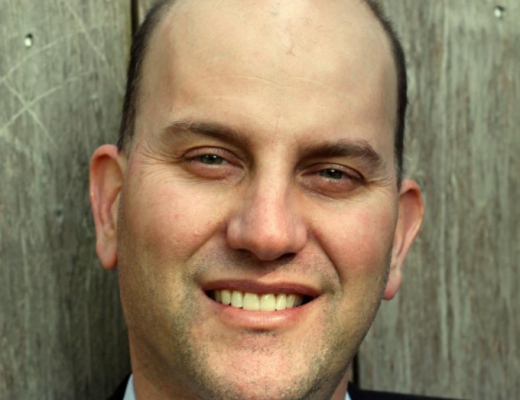Summary
My research is focused on human cytomegalovirus (aka "CMV" or "HCMV"), a large, enveloped dsDNA virus in the herpesvirus family. Like all herpesviruses, CMV infects the host for life, and approximately 50% of Americans are infected. CMV is an expert modifier of cellular pathways relevant to cancer-- for instance, it encodes a protein serine-threonine kinase called UL97 that phosphorylates and inactivates the retinoblastoma tumor suppressor protein (pRB). CMV has been implicated in glioblastoma as well as pediatric acute lymphoblastic leukemia (ALL). Nonetheless, I am most excited about the possibility that persistent viruses, including ones that cause human cancers, exploit the host machinery for generating sialic-acid (Sia) containing glycan patterns to engage inhibitory receptors governing immune cell checkpoints to favor tolerance and hamper that maturation of immune responses that might clear the infection. My recently renewed NIH R01 grant explores the hypothesis that CMV and other persistent viruses commandeer host glycan pattern generation machinery to exploit glycoimmune checkpoints. All immune cells express both activating and inhibitory receptors that regulate their effector functions. The Siglecs are a family of sialic-acid (Sia) binding immunoglobulin like lectins that recognize specific Sia-containing glycans, much like an antibody would a peptide, and on the cytoplasmic side, regulate signaling in response to ligand engagement. Most Siglecs are inhibitory, functioning much like PD-1 does to restrain cytotoxic responses to cells that express high levels of PD-1 ligand. It is now understood that many types of cancers express high levels of Sia-containing glycans on their extracellular matrices (aka the tumor "glycocalyx") that engage inhibitory Siglecs such as SIGLEC-7 and SIGLEC-9 on NK cells, restraining their cytotoxic activities and preventing tumor clearance. Our recent data demonstrate that CMV envelope glycoproteins are rich in ligands recognized by recombinant human Siglec-Fc fusion proteins. Although we are highly focused on exploring these ideas in CMV and in developing murine models (such as murine CMV infection of its natural host, the mouse) to address this hypothesis, we also strongly expect that human DNA tumor viruses, such as Epstein Barr virus (EBV) and the Kaposi's sarcoma herpesvirus (KSHV) have evolved mechanisms to commandeer the sialylglycan (sialic acid containing glycan) pattern generation machinery of the host cell to favor lifelong persistence. I would envision my role at the UPMC Hillman Cancer Center as hopefully being able to build fruitful collaborations and successful multi-PI grant applications studying the roles of glycans in tumor viruses, as well as having the privilege of mentoring students interested in how herpesviruses enter cells and avoid immune clearance, and of course, having the opportunity to learn from the absolute world-leader virologists, tumor biologist and clinician-researchers focused on understanding cancers and developing innovative new treatments to achieve durable remissions if not cures. It is a particularly exciting time to be a virologist at the University of Pittsburgh School of Medicine and I certainly hope to have the chance to become affiliated with the Hillman Cancer Center.


